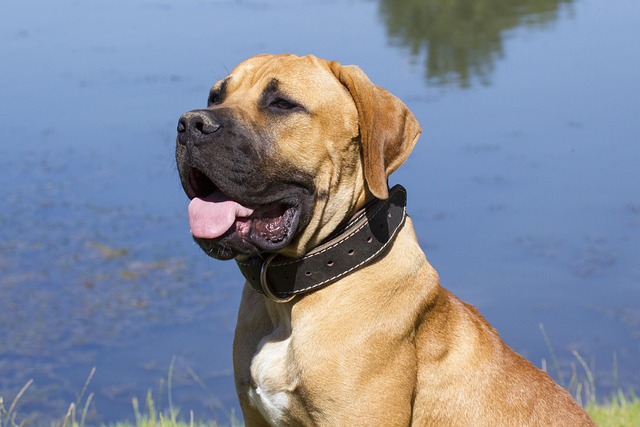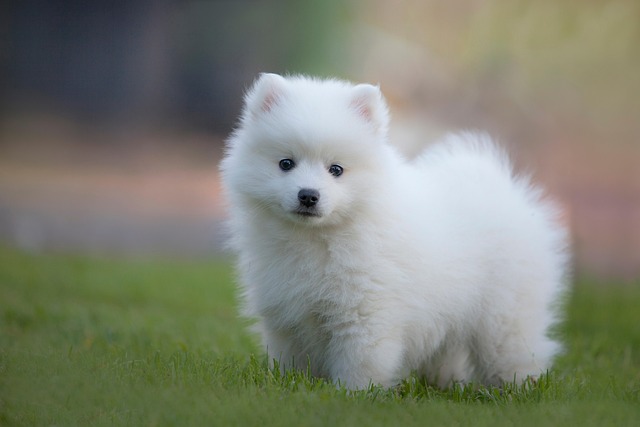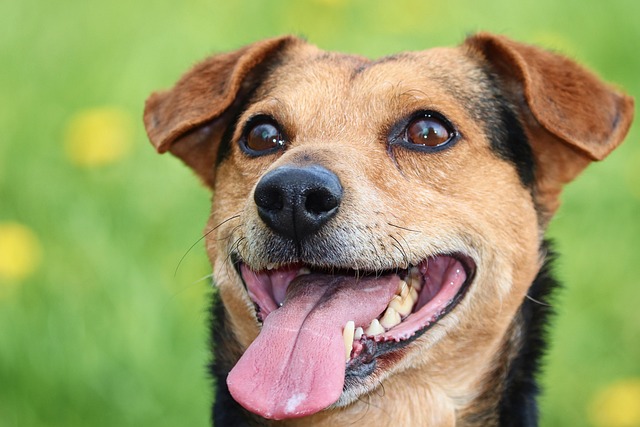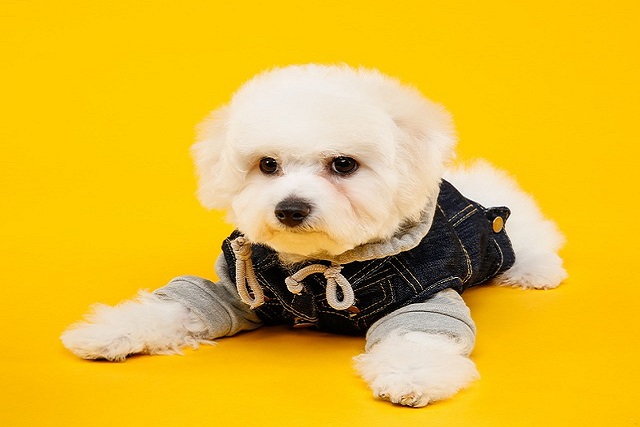
How do I start my dog on agility training?
The idea of watching your dog leap, weave, and race through an agility course is exhilarating. But before you dive in, it’s essential to understand the journey ahead,
When you first bring a puppy home, it’s easy to expect them to pick up potty training in a couple of weeks. A lot of new dog owners imagine that with a bit of praise and a few early successes, their dog will be reliably house trained in no time. But the reality behind dog potty training age is more nuanced. Understanding when are dogs fully potty trained means tuning into some key developmental milestones and being patient with the process. It’s not about having a “good” dog or being a strict trainer—it’s about supporting your dog through their natural growth stages and respecting individual differences.
If you’re wondering how long does dog potty training take, most dogs are not fully potty trained until they’re between six months and a year old. Some small breeds or toy breeds may take closer to a year, while larger breeds can sometimes “get it” a bit sooner. But there’s no magic number. The age range is broad because breed, size, and even the dog’s own temperament all play a role. For example, a neighbor’s Labrador might be dependable at five months, while your friend’s Yorkie still has accidents at nine months. These variations are totally normal and speak to the importance of adjusting expectations rather than comparing progress.
Developmental milestones are at the heart of successful dog potty training. Puppies don’t have full bladder control until they’re at least 16 weeks old, and even then, holding it for long periods is tough. Think about it like toilet training a toddler—there are stages where they just can’t physically do what you’re asking, no matter how willing they are. During the first few months, puppies need opportunities to go outside every hour or two. Their bodies just aren’t built for holding it in, and accidents are part of the learning curve. By around four to six months, you’ll notice longer stretches of dryness, especially overnight. These are the developmental cues that let you know your training is working, even if you’re not at the finish line yet.
One of the most common misunderstandings about dog potty training age is the belief that a few accident-free days means your puppy is trained. A lot of new pet parents relax too soon, only to end up frustrated when their dog regresses. It’s totally normal to hit setbacks, especially with changes in routine or environment. Another pitfall is expecting one-size-fits-all results from online guides or dog park conversations. The truth is, dog potty training developmental milestones are unique to each dog, and what worked for one pet might not for another. It’s also important to be aware of legal and community expectations. In most U.S. cities, cleaning up after your dog in public spaces is more than just polite—it’s a legal requirement. Failing to do so can lead to fines and neighbors’ complaints, so always keep those waste bags handy when you’re out for a walk.
If you’re looking for effective dog potty training tips, focus first on consistency. Take your dog out at the same times every day—after meals, naps, and play sessions are prime opportunities. Use a cue word or phrase, like “go potty,” and reward successes immediately with treats or affection. Positive reinforcement is the gold standard in the U.S. animal welfare community; punishment or scolding can create fear and confusion, setting back your progress. If you live in an apartment, set up a clear path to the designated potty area and try to minimize distractions. Some buildings have dog runs or pet relief stations—make sure you’re using them as intended and respecting any community rules posted. For those with yards, always supervise young pups so they don’t get distracted and forget why they’re outside. And remember, accidents indoors are learning opportunities, not reasons for punishment.
Patience is crucial when it comes to dog potty training age. Frustration is normal, but understanding your dog’s developmental milestones helps keep expectations realistic. Celebrate the small wins, like a dry night or your dog sitting by the door to let you know it’s time. If you’re ever unsure about your dog’s progress, don’t hesitate to consult your vet or a certified trainer—sometimes medical issues can masquerade as training setbacks. Ultimately, effective dog potty training is about building trust, respecting your pet’s pace, and following the rules that keep pets and communities happy. With empathy, science-backed practices, and a little flexibility, you’ll set your dog up for success—and enjoy a cleaner, happier home together.

The idea of watching your dog leap, weave, and race through an agility course is exhilarating. But before you dive in, it’s essential to understand the journey ahead,

Deciding to bring a Yorkie into your home means embracing a tiny bundle of energy and charm, but it also raises an important question: how straightforward is potty training?

Bringing home a new puppy is an exciting adventure, but it also comes with the big question: What is the first thing you should train your puppy?

Imagine you’re at Seattle’s Green Lake Park with Luna, your energetic Shepherd mix. She spots a duck and lunges, choking herself on the collar.

Teaching a 2-year-old dog to fetch might seem challenging, but it’s a rewarding way to bond and keep your furry friend active. Fetch isn’t just a fun game—it provides mental stimulation and physical exercise, essential for a healthy dog.

You’ve read all the articles, stocked up on premium treats, and patiently clicked and rewarded your new rescue pup, Charlie.